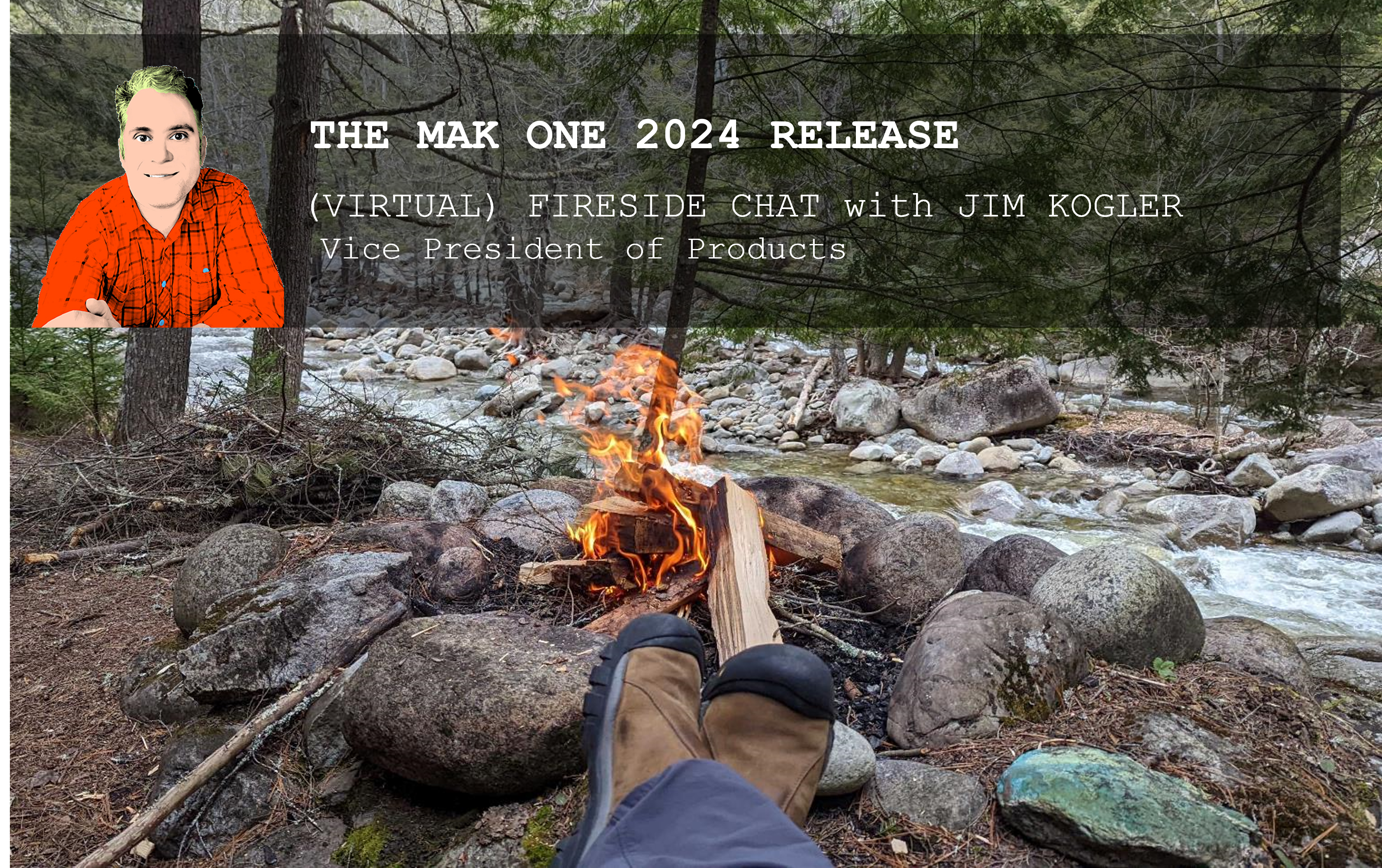
(Virtual) Fireside Chat with Jim Kogler about MAK ONE
Spring is just around the corner, but it’s always the right season for a [virtual] fireside chat with Jim about what’s new in this release of MAK ONE.
Jim, what makes this release of MAK ONE special? Why should our readers care?
Let me start by briefly outlining our MAK ONE philosophy of Brand New and Lasts Forever. Our customers want to build new systems on MAK ONE and they want the latest and greatest in what technology offers. And because MAK ONE is interoperable and adaptable, our customers build assets and plugins on top of it. Those customers don’t want to be in a spot where every time they update their program or start a new program, they have to rebuild their system – it’s just so expensive and inefficient. It’s important for us that our customers can preserve and use the assets they build on top of MAK ONE, while also not locking them into technology from five years ago. A big chunk of the work we do year-round is build our APIs so we can upgrade and improve our technology under the hood and preserve as much of the API as possible. This means that our customers can keep and reuse their plug-ins and content and aren’t forced to throw it out and rebuild. It’s a tough balancing act, but we’re good at it.
In this release of MAK ONE, we’ve spent a bunch of time focused on that balancing act specifically – we’re making changes under the hood that impact performance, improve our VR/MR environment, and enhance our terrains, all while preserving the stability of APIs and scenarios that customers have had since the previous release.
So, when we say that MAK ONE is Brand New and Lasts Forever, we’re talking about MAK ONE as technology that keeps evolving to meet modern requirements, hardware needs, and desires, while preserving customer cost savings because investments stick around. And that’s why readers and customers should care about this release of MAK ONE!
You mentioned interoperability is built into MAK ONE. Can you talk more about that and what that means for users of MAK ONE?
We are known for our interoperability tools – they’re how we got started as a Commercial Off the Shelf vendor more than 30 years ago! We also worked on the committees to define the standards that we all currently use for interoperability at the network level (including the NATO NETN FOM, most recently!). Now we operate on a principle of interoperability “all the way up” the technology stack:
- At the Network level – Share entity state and interactions with any other simulation system that also follows the standards. (We also have tools to help even when others don’t play by the rules.)
- At the Applications level – Simulators built on the MAK ONE platform can also share the terrain, weather, visual and simulation models, simulation behaviors, and scenarios.
- At the System Level – Operators of MAK-ONE based systems will share a common understanding of how the simulations work, saving time on staff training.
A lot of people tend to focus on just the network level of interoperability, which is good but not sufficient. Interoperability needs to be addressed all the way up, inclusive of terrain, weather, and the environment; at the application and systems level; as well as at the level of simulation where you operate – at the aggregate or entity level, or at the constructive or virtual levels.
The MAK ONE environment is designed from bottom to top to address all these problems. We’ve been able to do that over the years because all our application tools were specifically designed to work with our simulations or someone else’s simulator. Since the beginning of time, we’ve recognized how important that is. We know that our integrator customers must deliver what their customer demands – and since we design our products to work in all these different, chaotic environments, made by all these different integrators and simulations all over the world, we have run into just about everything and can handle just about everything. And that’s because MAK ONE is interoperable all the way up from network to standards to applications to systems.
You hinted at what’s inside this release – spill the beans! What’s new this year?
Generally, I think about our MAK ONE releases as the continuation of a crazy, beautiful tapestry. We’re always starting new threads and continuing older threads and stopping other threads. When we talk about how we have improved our procedural terrain generation in this release, for example, that is a thread that started many years ago and was greatly accelerated by the US Army STE Program as industry leaders realized that training needs to be global. And even when I’m outlining all the awesome stuff that’s in this release, we’re already working on the next generation of all this and how to improve it more and continue existing threads and start new ones. What you see in this release is a moment in time on the evolutionary road we travel. And if you’re a part of that MAK ONE Ecosystem, you’re on that journey with us.
To summarize the highlights of this release –
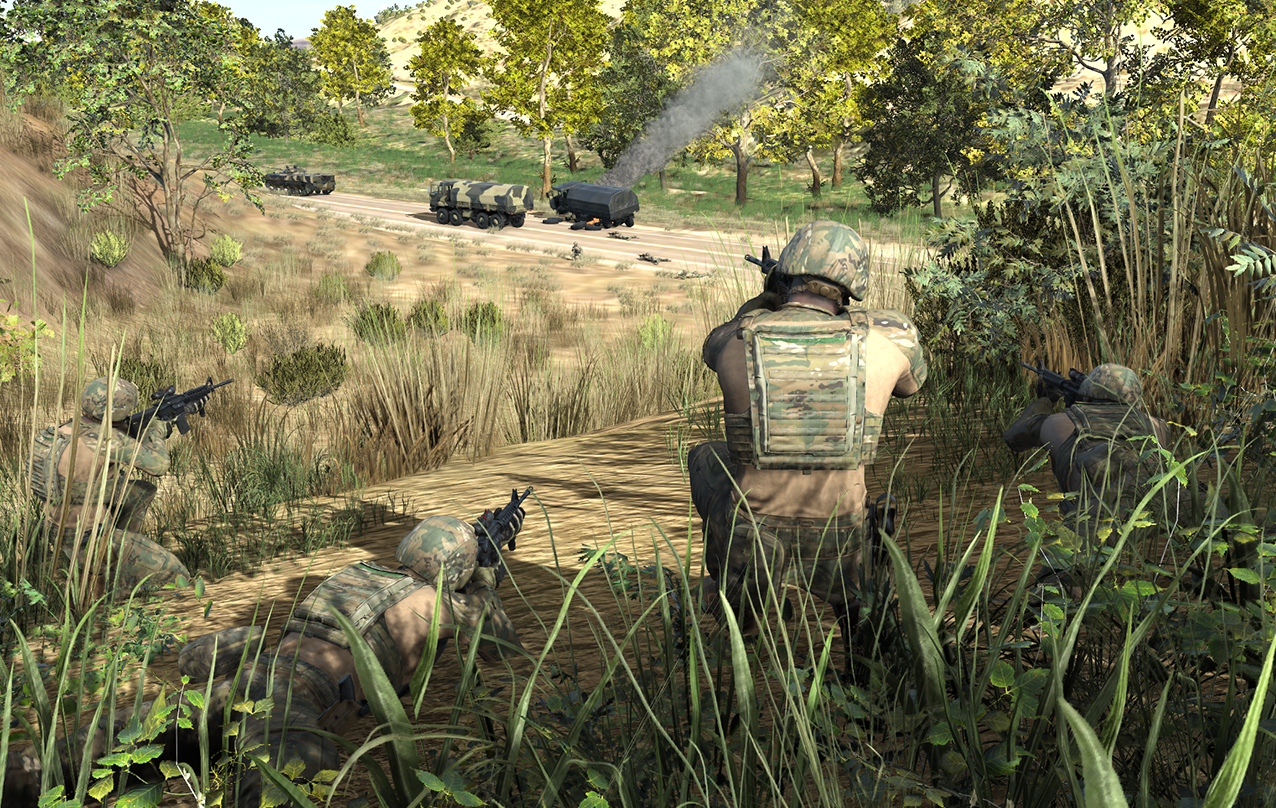
A Richer Synthetic Environment: We’ve improved the physical environment through significant updates to the procedurally generated vegetation within the MAK Earth Terrain Engine, which means that the world now more accurately and beautifully reflects the biodiversity of planet Earth. (The MAK Earth Terrain Engine already does a great job of procedural imagery including buildings and roads - now it has the vegetation and biodiversity to match!) We’ve also added more simulation capabilities that allow planet Earth to change based on activity within the simulation – some of these dynamic terrain updates include the addition of runway craters and ditches and berms, as well as the ability to destroy procedurally generated buildings. This release also has even more background activity to fill in planet Earth - this includes clutter ships and clutter air traffic over wide areas – driven from recorded real-world AIS and ADS-B data. Clutter aircraft can have IFF transponders to stimulate electronic warfare (EW) systems.
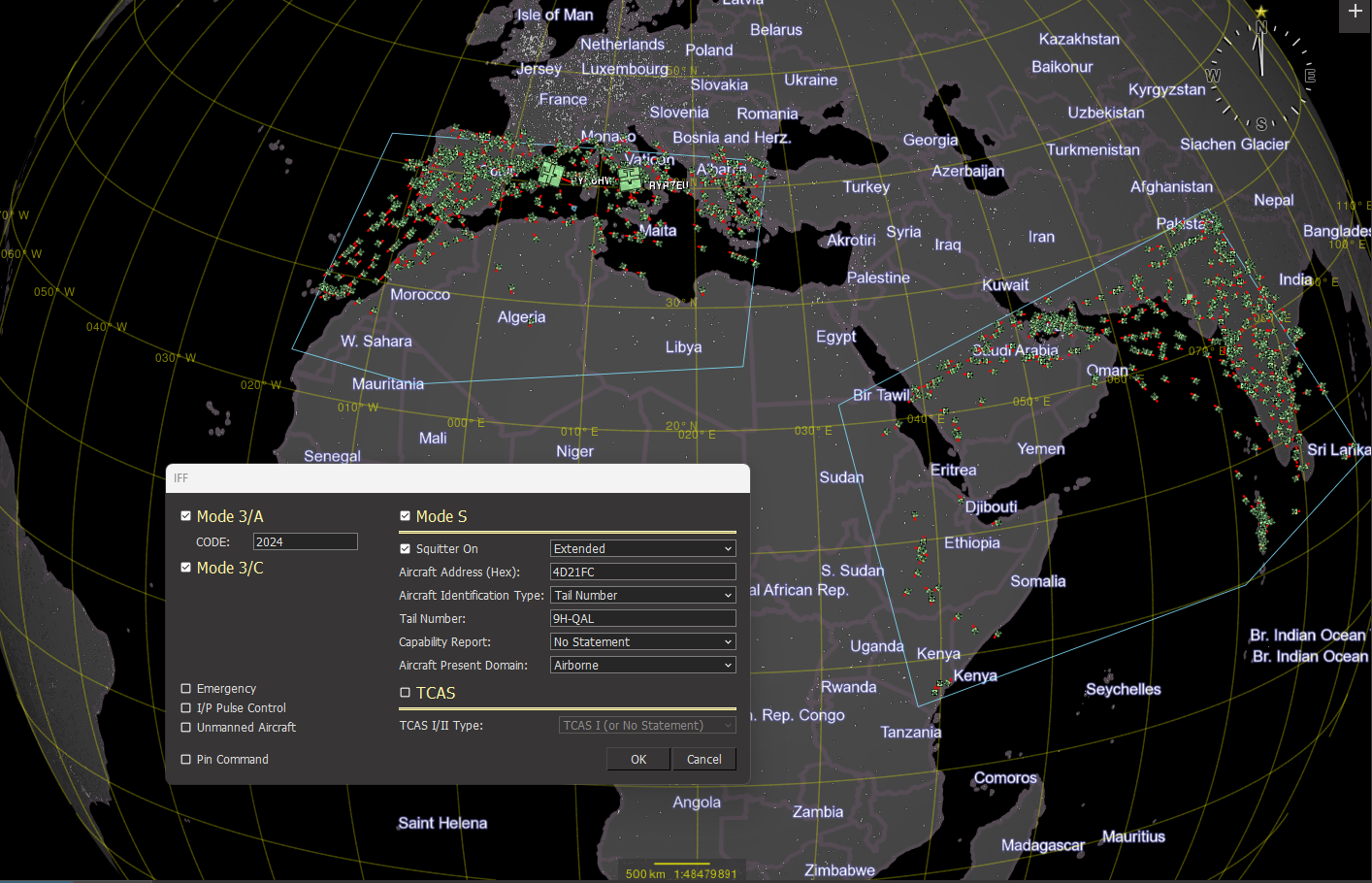
Increased Simulation Fidelity: Across the board, we’re always building new simulation models, giving you more control over scenario planning, more control over aspects of the environment, and improving the performance of the system. And, of course, we’ve continued to update the architecture where needed, including how weapon systems choose their targets, more accurate lasing, and improved dismounted infantry movement. We’ve made improvements to ground vehicle movement and navigation so that VR-Forces vehicles follow smoother paths through areas with Navigation Meshes, and more robustly navigate from off-road starting points onto the road network when tasked to follow roads. We’ve upgraded VR-Engage to use the latest versions of the Vortex vehicle dynamics engine and RTDynamics’ flight dynamics libraries, and we’ve upgraded our physics-based IR and NVG sensor capability to use the latest version of JRM Technologies’ SDKs.
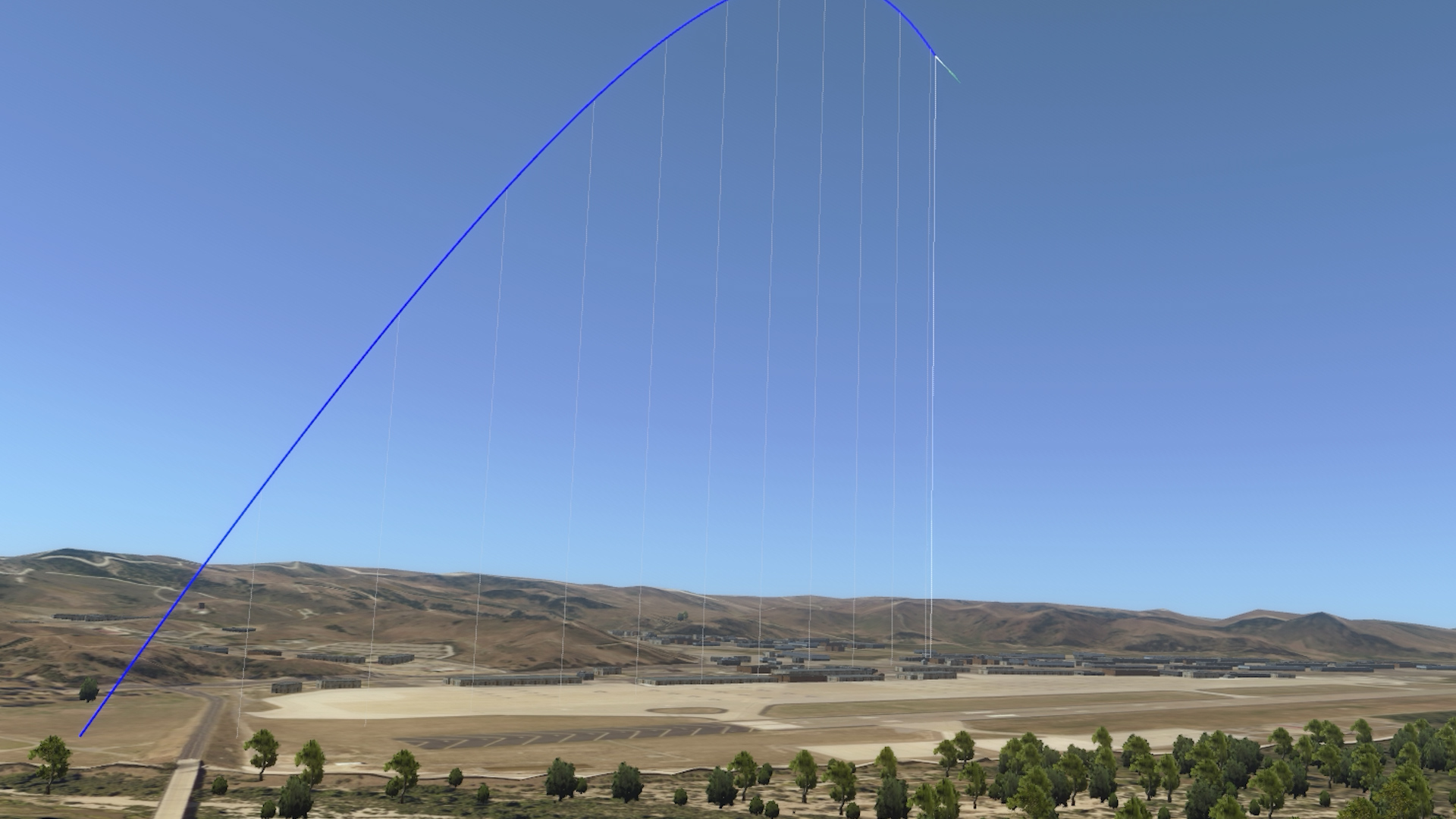
Improved Visualization and Understanding of the Virtual World: This release introduces updates across tactical graphics, visual architecture, realism, and visual models, ensuring a more intuitive user experience with improved stability and performance, which helps our customers better visualize and understand their worlds. As scenarios grow in size and complexity, understanding what’s going on is really important – MAK ONE makes it possible to simulate the entire battlespace and understand how it all works together.
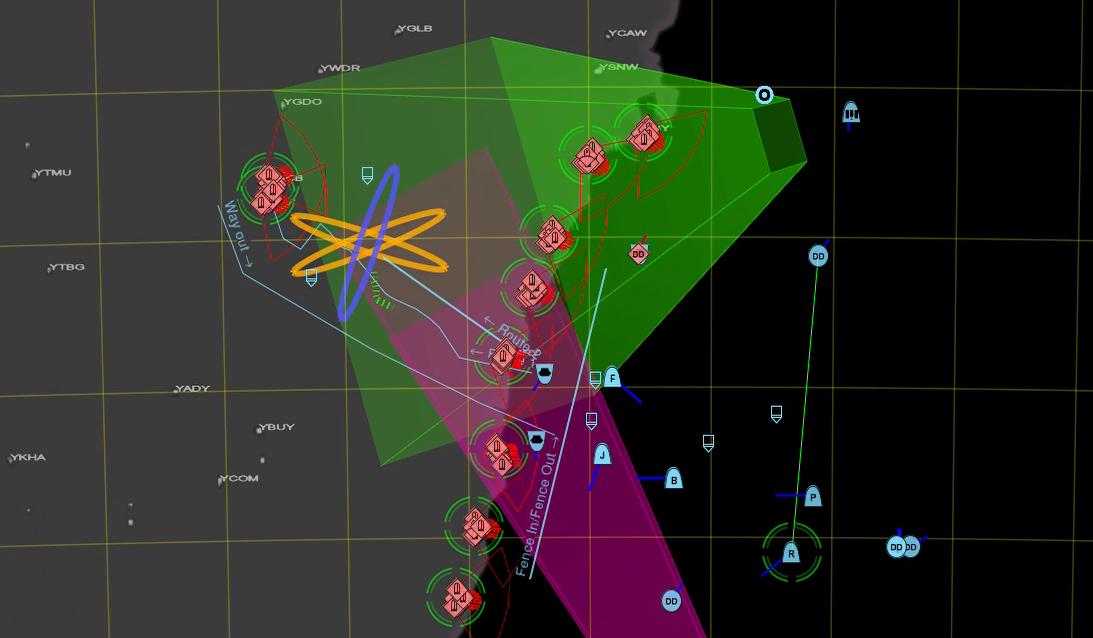
A Continued Focus on Interoperability: As I mentioned earlier, MAK is built on a foundation of interoperability, and goes all the way up – open standards, open APIs, and open systems. Interoperability will also always remain the heart of what we do at MAK, and we’re always seeking to support new networking standards. This release brings native support for the NATO NETN FOM, including METOC model support.
(I recommend looking at our MAK ONE webpage that outlines the key categories of new and enhanced features. And then if you want more details – all the nitty gritty – dive into our product release notes that we painstakingly create for every product in our MAK ONE suite. You'll need to be signed in and approved to review the release notes!)
Any final thoughts about this release?
Yes! I have so many thoughts. Sometimes you might hear me joke that I am already past this release because I’m thinking about all the awesome stuff coming up next. But really – I’m just amazed by how far MAK ONE has come and I am so excited by all that’s ahead.
At our core, we’re all about interoperability and that includes who we are as a company – we’re with you every step of the way. And just like we did 30+ years ago, we still abide by our “Engineer Down the Hall” philosophy: the engineers who make the products support those products – so when you have questions or challenges, the folks who built the software are here to put their expertise to work to help you.
I mentioned earlier a bit about the MAK ONE Ecosystem. When you choose MAK, you become a part of that Ecosystem, which includes technology partners, complementary product partners, and international distributors. Our core values of interoperability and flexibility are built into the way we make software at every level – this means that we partner with companies with great technology rather than rebuild it to be exclusively MAK’s. We collaborate with other companies to help our customers find the right solution. We support our customers in mastering the simulation arts over the long term, and they become centers of excellence capable of providing even greater solutions for their end-users. It is refreshing that we’re often just one part of a greater family of companies providing products and building integrated systems. It’s awesome to live in a collaborative environment like that.
Thank you to those who have been part of our MAK family for the past 30 years – it’s been a great ride. I’m excited to see how we’ll continue to evolve and grow our tapestry over the next 30+.

